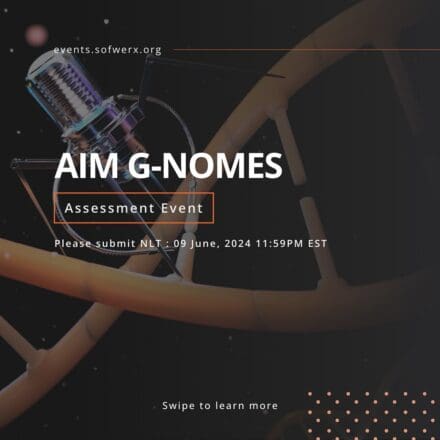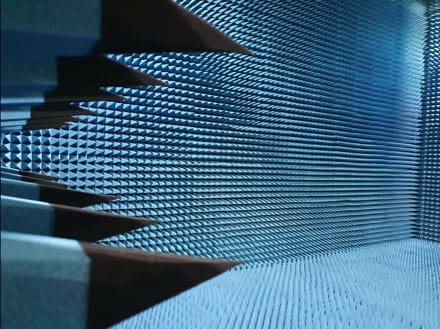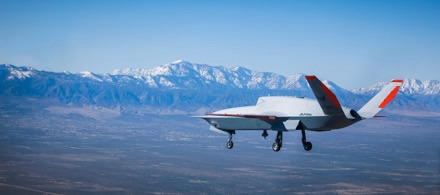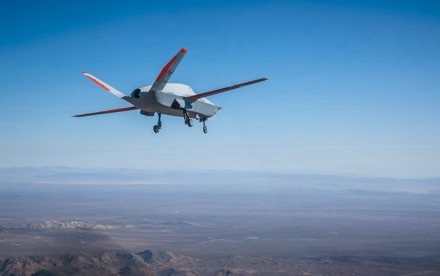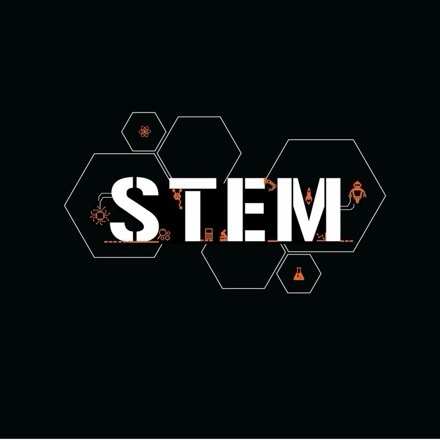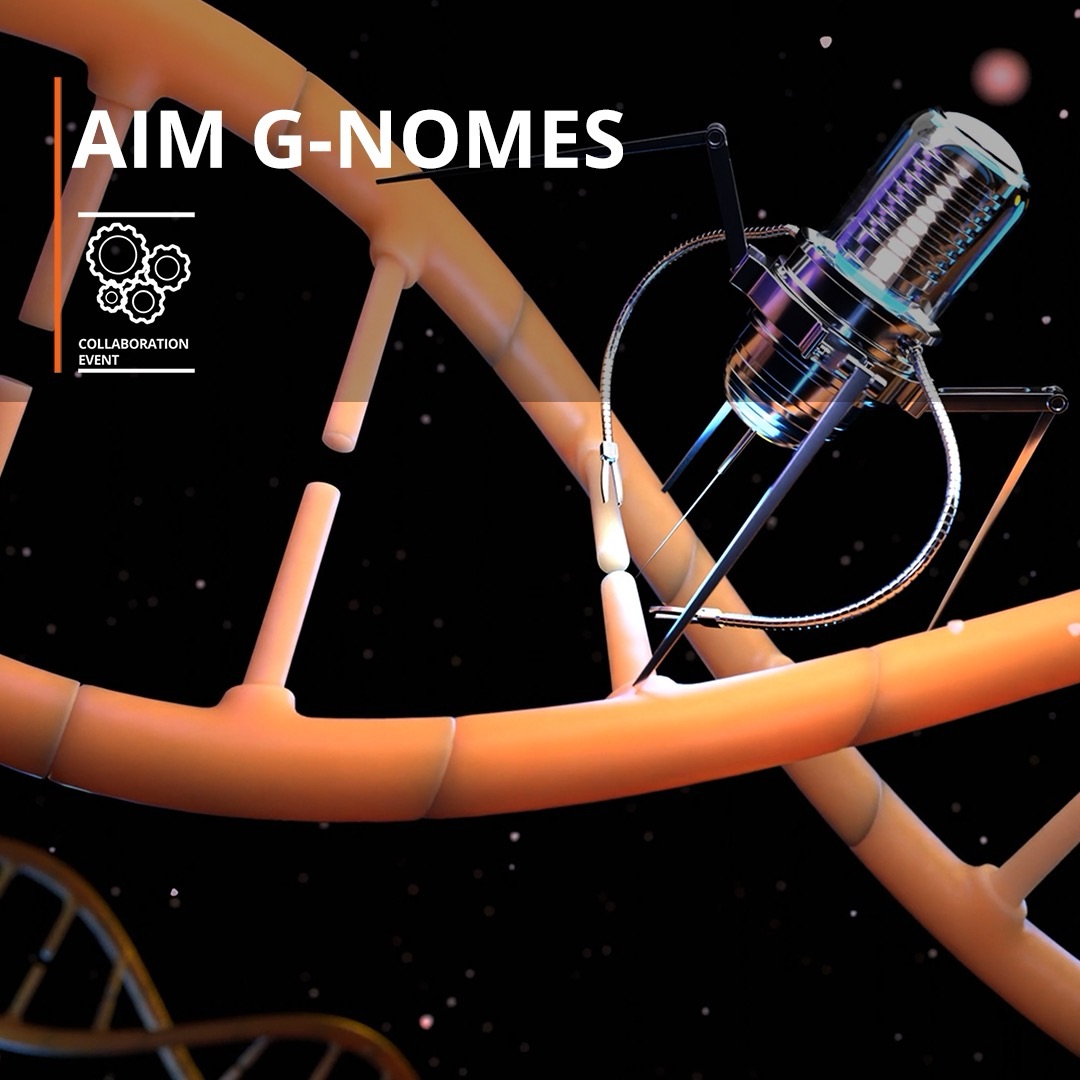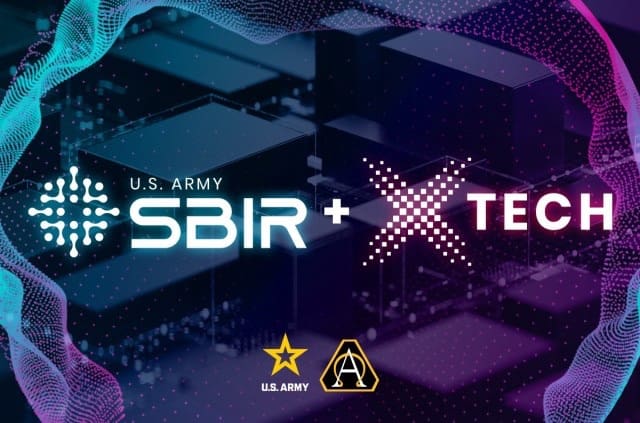
WASHINGTON — The U.S. Army Small Business Innovation Research and xTech Programs collaborate with artificial intelligence innovators to find and scale solutions across the Army. Led by the Office of the Assistant Secretary of the Army for Acquisition, Logistics and Technology, Army SBIR and xTech prize competitions support a secure, Army-ready AI pipeline.
In March 2024, Mr. Young Bang, ASA(ALT) principal deputy, announced the ASA(ALT) AI Implementation Plan, that kicked off with a 100-day sprint. The plan aims to deliver a single, coherent approach to AI across the Army, aligning multiple, complex efforts within 100 and 500-day execution windows, and establishes the baseline to continuously modernize AI and contributing solutions as technologies rapidly evolve.
The Army SBIR and xTech Programs’ initiatives are at the forefront of these efforts to drive digital transformation and deliver required AI capabilities across the Army.
As the 100-day window concludes this summer, the Army is outlining a plan that leverages the outcomes of the 100-day sprint to adopt industry solutions without competing with commercial vendors. However, there are inherent risk factors associated with the adoption of AI solutions.
“Some of the obstacles include looking at and understanding AI risks such as poison data sets, adversarial attacks and trojans,” Bang said. “Developing AI in a controlled, trusted environment owned by the Army or Department of Defense can make addressing these risks easier.”
Bang and his team have prepared an initial AI Layered Defense Framework called #DefendAI to help tackle the risks associated with third-party algorithms, while helping to operationalize industry AI technologies. His team is looking to collaborate across industry and academia to evolve the framework and prioritize capability exploration and implementation in support of Army programs, such as Project Linchpin, which is building an operational pipeline of trusted AI solutions.
Initiated by Program Executive Office Intelligence, Electronic Warfare and Sensors, Project Linchpinaligns with Bang’s AI risk evaluation efforts. Bharat Patel, Project Linchpin-Sensor AI product lead, noted that the program aims to deliver commercial capabilities to the Army by applying fundamental concepts such as test and evaluations, and adopting an AI risk framework.
“It’s your infrastructure, it’s your standards, it’s your governance, it’s your process. All those areas are things that we’re taking on, because that’s how you can tap into the AI ecosystem and that’s how you deliver capabilities at scale,” Patel said.
ASA(ALT) is progressing with the AI Implementation Plan and its alignment to Project Linchpin to prepare the Army for AI at scale. As these initiatives ramp up, the Army SBIR and xTech Programs are strategically focused on leveraging excellence in the private sector to speed up the Army’s broad adoption of AI.
Army SBIR’s AI funding
The Army SBIR Program collaborates with small businesses and Army customers to align innovative solutions with Army priorities. It awards more than $350 million annually to reinvigorate the Army’s technology ecosystem, and is prioritizing and funding cutting-edge AI solutions.
The program has invested nearly $102 million in active AI projects in fiscal year 2024, distributed among approximately 75 small businesses across the country, and aims to align small businesses with the Army’s larger AI pipeline through funded AI initiatives.
In FY24, Automated Detection and Prevention solutions received $30 million in Army SBIR investments, representing 29% of the program’s AI and machine learning portfolio by the number of awards. Within this framework, the Army categorizes technologies as automated systemic-based controls that stop threats and predict the next attack for improved prevention.
There are currently 20 active Army SBIR Automated Detection and Prevention awards with organizations such as PEO IEW&S; PEO Simulation, Training and Instrumentation; and Army Test and Evaluation Command.
Army SBIR investments in FY24 have directly supported Army programs such as Project Linchpin, with two awards made in FY24 and 16 additional planned to start in FY25. The Joint Program Executive Office Armaments and Ammunition also recently leveraged $48 million in Army SBIR funding to modernize munitions manufacturing processes using AI.
Looking forward to FY25, Army SBIR’s AI/ML portfolio is projecting upwards of $105 million in AI funding. Six AI-focused solicitations are slated for release this summer, which will comprise approximately $55 million of the FY25 funding. Several of the solicitations, which include an AI/ML open topic solicitation, align to Project Linchpin thrust areas, amongst other potential Army transition partners.
xTech’s scalable AI
In late 2023, Bang requested that Dr. Matt Willis, the director of Army Prize Competitions and Army SBIR Program, and his team leverage xTech prize competitions to scale AI. This led to the launch of xTechScalable AI in December 2023, which sought innovative AI solutions from U.S.-based small businesses with scalable solutions to defend against adversarial AI threat vectors.
Leveraging prize competition authorities, xTech offers cash prizes along with opportunities for participants to receive direct feedback on their solutions, plus mentorship and networking opportunities with Army customers to help accelerate their unique AI solutions towards Army capabilities. xTech competition winners find themselves well-positioned to compete for follow-on contracts, such as Army SBIR awards.
xTechScalable AI was not the first competition aligning AI with Army needs. Earlier in the year, the xTechPrime competition funded two Army SBIR contract awards to inform Project Linchpin pipeline tools and services, totaling almost $4 million.
The xTechScalable AI competition is following a similar track, offering up to $370,000 in cash prizes and $8 million in follow-on Army SBIR contract awards for critical AI solutions. Through these competitions, 150 small businesses received exposure and feedback from Army customers and experts, and introductions to follow-on contract opportunities to continue the development of their AI solutions for the Army.
“xTech is a valuable mechanism for identifying and nurturing scalable, commercial AI solutions to strengthen the Army’s security framework,” Willis said. “Paired with ASA(ALT)’s vision, we can operationalize AI to enhance data accuracy and combat cybersecurity threats.”
xTechScalable AI 2 launched in March 2024 and focuses on identifying small businesses with game-changing technologies that can feed into Project Linchpin’s operational AI pipeline. The competition offers up to $603,000 in cash prizes and opportunities post-competition to submit proposals for a Phase I or Phase II Army SBIR contract valued at up to $250,000 and $2 million, respectively.
xTech will host the finals at the Association of the United States Army Annual Meeting and Expo in October. Additionally, xTech will hold more AI-focused competitions in the coming year, including several AI-focused Technical Grand Challenges.
Commercial vendors and small businesses have made quick progress in developing and implementing AI capabilities. As part of ASA(ALT)’s AI Implementation Plan and the upcoming 500-day execution window, Army SBIR and xTech are adopting AI solutions and preparing them for operational use in a secure, government-owned environment.
“Army SBIR and xTech are committed to strategically investing in areas where we can leverage the excellence of the private sector and transition technologies to Army programs such as Project Linchpin,” Willis said. “We have the funding and processes in place to drive industry collaboration and investment opportunities for these large-scale Army efforts.”
About the programs
The Army SBIR Program offers Phase I contract opportunities to U.S.-based small businesses showing commercial viability, feasibility and technical merit. It also offers Phase II and Direct to Phase II contracts to vendors with mature technologies meeting Phase I qualifications.
The Army SBIR Program releases contract opportunities on an ad-hoc basis to address current and expected Soldier needs. The program will promote new contract releases via solicitation announcements and email. For more information, please visit the Army SBIR website.
Established in 2018, the Army xTech Program offers prize competition opportunities for entities including nontraditional vendors direct exposure to Army laboratories, program executive offices, program managers and end-users. Participants receive feedback from Army DoD stakeholders and have access to training, mentorship and networking, and opportunities to win non-dilutive cash prizes.
For current and upcoming competitions, visit the xTech website.
By Anna Volkwine, Office of Army Prize Competitions and Army SBIR Program




